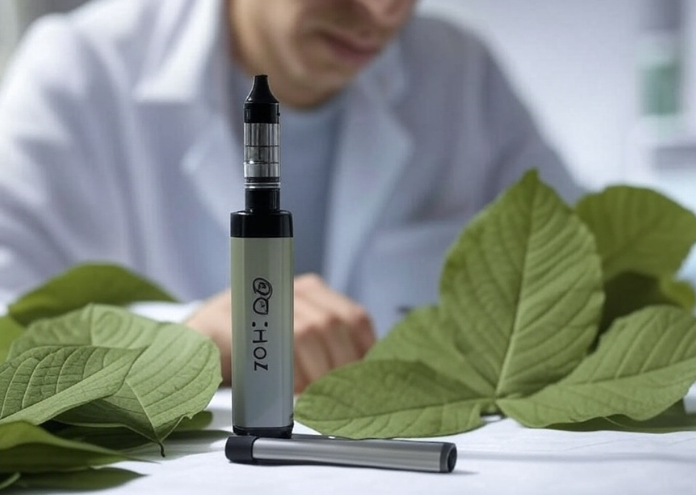As kratom (Mitragyna speciosa) continues to gain popularity for its potential benefits in pain relief, mood enhancement, and energy boost, understanding the quality of kratom products becomes crucial for consumers. The quality of kratom can significantly impact its effectiveness and safety, making it essential to choose products wisely. In this blog, we will explore what defines kratom quality, how to assess it, and tips for selecting high-quality kratom products.
What Affects Kratom Quality?
The quality of kratom is influenced by several factors, including:
- Source of the Plant: The region where kratom is grown plays a significant role in its quality. Kratom is native to Southeast Asia, particularly in countries like Indonesia, Thailand, and Malaysia. The soil, climate, and farming practices in these regions contribute to the alkaloid content and overall potency of the leaves.
- Harvesting Practices: The timing of the harvest and the method used to collect the leaves can affect quality. Leaves harvested at the right maturity stage tend to have higher alkaloid concentrations. Additionally, sustainable harvesting practices can lead to healthier plants and better quality leaves.
- Processing Methods: After harvesting, kratom leaves must be dried and processed appropriately to preserve their alkaloids. Traditional methods, such as sun drying or using low-heat ovens, are preferred, while rapid drying techniques can degrade the quality. The method of grinding the leaves also affects the texture and absorption.
- Strain Variation: Different kratom strains (red, green, and white) contain varying alkaloid profiles, which influence their effects. Understanding the specific strain and its intended benefits is essential for selecting a product that meets your needs.
How to Assess Kratom Quality
When evaluating kratom quality, consider the following factors:
- Appearance: High-quality kratom powder should have a vibrant color that corresponds to its strain (e.g., green for green vein, dark red for red vein). The powder should be fine and consistent in texture, with minimal clumps.
- Smell: Quality kratom typically has a strong, earthy aroma. A pungent smell often indicates a higher alkaloid content, while a weak or off-putting smell may suggest poor quality or contamination.
- Taste: While not the most pleasant aspect, tasting kratom can give insights into its quality. Fresh kratom should have a slightly bitter and herbal flavor. An unusual or overly harsh taste may indicate poor processing or low-quality leaves.
- Lab Testing: Reputable vendors should provide third-party lab testing results for their products. These tests assess the purity, potency, and contamination levels (such as heavy metals or pathogens). Look for vendors who make these results readily available to consumers.
- Transparency: Trustworthy suppliers will be transparent about their sourcing and processing methods. They should provide detailed information about the origin of their kratom, harvesting practices, and any certifications they hold.
- Customer Reviews: Reading customer reviews can provide valuable insights into the quality of a product. Look for feedback regarding effectiveness, taste, and overall satisfaction. However, consider multiple reviews to gauge overall consensus.
Tips for Choosing High-Quality Kratom
To ensure you’re purchasing high-quality kratom, keep these tips in mind:
- Buy from Reputable Vendors: Choose vendors known for their commitment to quality and transparency. Research their sourcing practices, processing methods, and customer service reputation.
- Check for Lab Testing: Opt for vendors that provide lab testing results. This ensures you’re getting a pure and potent product free from contaminants.
- Avoid Low-Cost Products: While it can be tempting to choose the cheapest option, low prices often indicate lower quality. Invest in quality products from trusted sources to ensure safety and effectiveness.
- Read Product Labels: Pay attention to product labels for information on strain type, dosage recommendations, and any additional ingredients. Avoid products with unnecessary fillers or additives.
- Start Small: If you’re trying a new vendor or strain, start with a small purchase to assess quality before committing to larger quantities.
- Ask Questions: Don’t hesitate to reach out to vendors with questions about their products. A knowledgeable and responsive vendor is often a good indicator of quality.
Conclusion
Understanding kratom quality is essential for anyone looking to incorporate this herbal supplement into their wellness routine. By considering factors such as sourcing, processing methods, and transparency, consumers can make informed choices that enhance their kratom experience. Prioritizing quality not only ensures safety but also maximizes the potential benefits of this powerful herb. As you explore the world of kratom, keep these guidelines in mind to navigate your journey responsibly and effectively.














